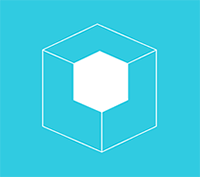Rapid Prototyping
Additive manufacturing directly from 3D CAD data makes it possible to quickly produce prototypes and display models that provide valuable insights even in the early stages of product development. Opportunities for improvement can be identified very early on and immediately transferred to the 3D model and implemented. Unlike ablative processes such as turning, eroding or milling, production in industrial 3D- printing does not require special tools or intermediary manual steps. It is even possible to produce complex geometries under consistent production conditions, which has a positive impact on the payback period for the entire project. In addition, rapid prototyping using additive production processes significantly reduces the development time until a product is ready for series production (“time-to-market”).
Rapid Tooling/ Rapid Manufacturing
3D printing is used to produce geometrically demanding master models and tool inserts for tool and mold making. A major strength in industrial 3D printing is in the ability to integrate functional elements directly into the object to be printed. Thus, for example, the cycle times in series production can be reduced by close-contour cooling channels.
Mass Customization
Producing individualized products in series – 3D printing makes it possible. In mass production, standardized production processes and economies of scale (the more that is produced, the cheaper the end product will be) generate substantial cost advantages. Until now, this standardization has always required that the same products be produced within a single production cycle. Since there are no additional tools needed for 3D printing, this condition no longer applies. With additive manufacturing processes in dentistry, for example, a number of unique implants can be printed in a single process, which significantly reduces the costs per unit. Replacement parts for motor vehicles can be simply printed as needed, if the storage of such parts in a workshop is no longer profitable. Additive manufacturing allows the consideration of specific customer requirements in largely unchanged economic conditions and is thus increasingly establishing itself as a relevant technology for industry 4.0.
